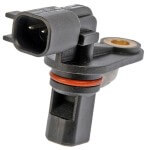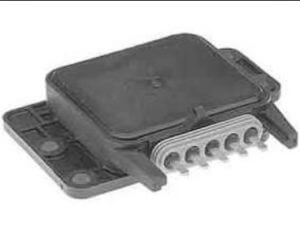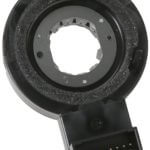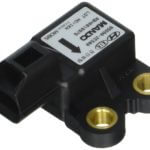How does electronic stability control work?
Electronic stability control systems
Electronic stability control is designed to prevent your vehicle from skidding to the side or losing control. It’s a very effective way to avoid severe collisions. In fact, government data shows that ESC equipped vehicle were involved in approximately 35% fewer severe collisions that involved loss of vehicle control versus non-ESC equipped vehicles.
Electronic stability control systems were developed by BMW, Mercedes-Benz, Bosch and Continental and the first system was installed in the 1995 S-Class Mercedes. GM introduced their own StabiliTrac system on a few Cadillac models in 1997. Ford introduce AdvanceTrac in 2000.
Each car maker has a different name for their stability control system. Here are some common electronic stability control system names:
GM calls it StabiliTrak
Ford calls it AdvanceTrac Electronic Stability Control (ESC)
Mitsubishi calls it active skid and traction control (ASTC)
Toyota calls it vehicle stability control (VSC)
Volvo calls it dynamic stability and traction control (DSTC)
Jeep calls it electronic stability control (ESP)
Honda calls it vehicle stability assist (VSA)
Difference between ESC, ABS and Traction Control
Anti Lock Brake Systems (ABS) and Traction control systems (TCS) are designed to control your vehicle along its longitudinal axis (front-to-back), while ESC controls lateral (side-to-side) axis movement.
Components in an ESC system
• Controller—microprocessor and software that interprets signal input data from sensors and determines corrective action
• Wheel Speed Sensors—Tell the controller the speed of each wheel.

Wheel speed sensor
The controller can then determine if a wheel is decelerating or locking up.
• Steering Angle Sensor (SAS)—Used to tell the controller

ESC controller module
the direction the driver INTENDS

Steering angle sensor
• Yaw Rate Sensor—Tells the controller the rate at which the vehicle is varying off its vertical axis, or tilting or rolling in turns.
• Lateral accelerometers—Tells the controller the rate at which the vehicle is varying laterally, or side-to-side.

Yaw rate sensor
How ESC works
The instant the controller detects vehicle movement that differs from the driver’s intended input on the steering wheel, the controller commands multiple corrective actions that include:
Cutting engine speed
Applying individual or multiple wheel braking to bring the vehicle back into the intended path
ABS rapid pulse braking to regain traction with the road.
©, 2017 Rick Muscoplat
Posted on by Rick Muscoplat
